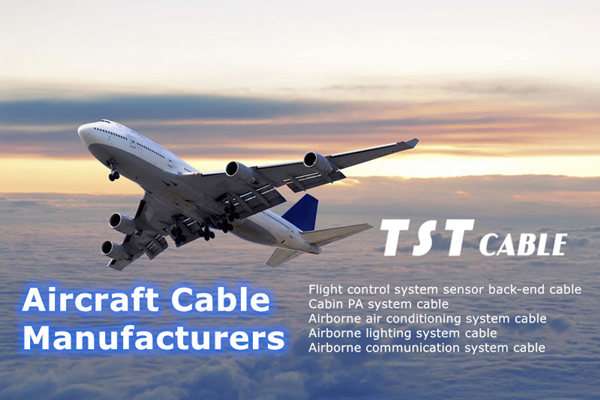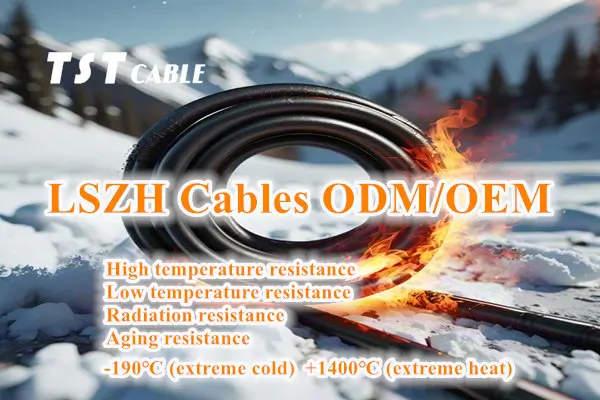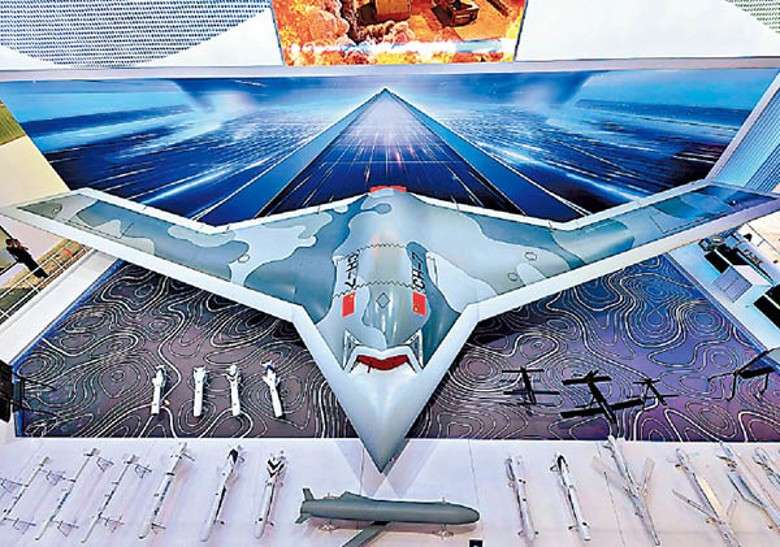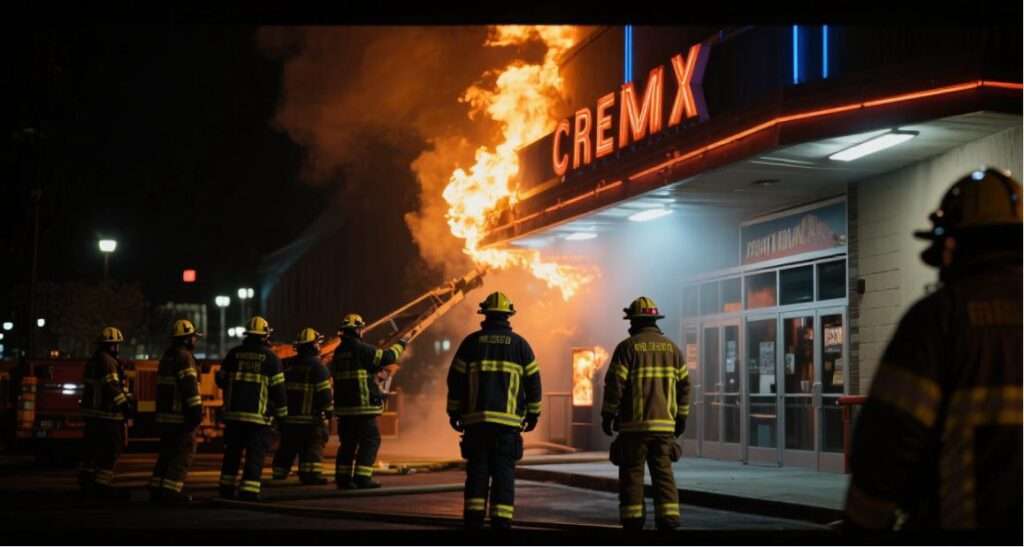Imagine you’re riding the subway through a city’s underground. Suddenly, the train car is plunged into pitch darkness, and the tunnel is pitch black. This isn’t something out of a horror movie; it’s a real-life safety incident! Within the rail transit system, lighting cables, though inconspicuous, are the “lifeline” that ensures passenger safety and maintains operational order. A failure can have devastating consequences. Today, TST CABLE unveils the technological secrets behind these “guardians of the darkness.”
I. Lighting Cables: More Than Just “Lighting Up”
1. Full-Scene Coverage: From Platforms to Tunnels, Ubiquitous
Platform Lighting: Provides clear visibility for passengers, ensuring safe boarding and alighting.
Tunnel Emergency Lighting: Automatically activates in the event of a power outage or fire, providing escape directions.
Interior Carriage Lighting: Creates a comfortable riding environment and enhances the travel experience.
Signaling Systems: Assisted by traffic lights and warning lights, ensures orderly train operation.
Real Case Study: In 2023, a lighting system failure on a subway train caused panicked passengers to stampede, resulting in direct economic losses exceeding 10 million yuan. Lines using TST CABLE’s high-performance lighting cables have experienced zero accidents for 10 consecutive years!
II. “Iron Warriors” in Extreme Environments: Five Core Features of TST CABLE Lighting Cables
1. Flame Retardant and Fire-Resistant: A “Go-Around” in Fires
Standard Requirements: Must pass the IEC 60331 fire resistance test and withstand continuous power supply for at least 90 minutes under 950°C flames.
High-Tech Materials: Utilizes mineral-insulated (MI) cable or a mica tape + cross-linked polyethylene composite structure, which resists melting or dripping at high temperatures.
Practical Performance: During a fire on a Beijing subway line, TST CABLE’s lighting cables maintained power supply for two hours amidst thick smoke, successfully guiding the safe evacuation of thousands of passengers.
2. Low-Smoke Halogen-Free (LSHF): Protecting Respiratory Safety
Environmentally Friendly: Traditional PVC cables release toxic chlorine gas when burned, while TST CABLE’s LSHF cables produce only trace amounts of water vapor and carbon dioxide.
Policy Driven: The use of LSHF cables is mandatory for new domestic subway projects, and the EU RoHS standard even includes it as a barrier to entry.
3. Earthquake and Tensile Resistance: A Stabilizing Force in Turbulent Times
Mechanical Strength: Withstands the continuous vibrations (frequency 5-50Hz) caused by train operation, with a tensile strength ≥15N/mm².
Structural Design: Double-layer armor + braided shield prevents cable breakage or short circuits caused by prolonged vibration.
4. Waterproof and Moisture-Proof: An “Insulating Shield” for Humid Environments
IP68-rated Protection: Withstands prolonged immersion in up to 1 meter of water, suitable for high-humidity areas such as tunnels and platforms.
Case Study: A coastal subway station in southern China experiences humidity exceeding 90% year-round. While ordinary cables degrade after only three years, TST CABLE’s dedicated lighting cables have been operating reliably for eight years.
5. Energy-Saving and High-Efficiency: A Power-Saving Pioneer for Green Travel
Low-Resistance Conductor: TST CABLE utilizes high-purity oxygen-free copper with a resistivity of ≤0.01724Ω·mm²/m, reducing power loss. Smart Dimming Compatibility: Supports DALI, 0-10V, and other protocols, enabling on-demand lighting and up to 40% energy savings.
III. Why Do Ordinary Cables Last Less Than 3 Years? Three Advantages of High-End Lighting Cables
1. Longer Lifespan: 30 Years vs. 5 Years
Ordinary PVC cables: Prone to aging and cracking, with an average lifespan of only 3-5 years.
TST CABLE high-end lighting cables: Mineral insulation + weather-resistant sheathing, designed for up to 30 years, saving over 70% in overall costs.
2. Safety Assurance: From “Passive Protection” to “Active Warning”
Traditional Solutions: Post-fault repairs are risky.
Smart Upgrade: Integrated temperature sensors monitor cable status in real time, providing early warning of overload and overheating hazards.
3. Convenient Installation: Reduces installation time by 50%
Modular Design: Pre-branched cables connect directly to distribution boxes, eliminating the need for on-site wiring.
Lightweight Materials: 30% lighter than traditional cables, making overhead operations safer and more efficient.
IV. Selection Guide: 4 Steps to a “Never-Burning” Lighting System
Application:
Tunnel/Emergency Lighting → Choose Mineral Insulated Fire-Resistant Cable (MI)
Platform/Carriage → Choose Low-Smoke Halogen-Free Cross-Linked Polyethylene Cable (LSHF-XLPE)
Check Certifications:
Must possess authoritative certifications such as ABS, BV, GB, CCC, CRCC, and UL.
Check third-party test reports (such as from the National Wire and Cable Quality Supervision and Inspection Center).
Compare Brands:
Recommended: TST Cable (a leading company in high-temperature specialty cables) and TST SEAL (a leading company in China’s sealing modules).
Recommended Construction:
Avoid sharp bends. A bend radius of ≥ 6 times the cable’s outer diameter is recommended. Use heat shrink tubing to seal joints to prevent moisture intrusion.
Behind every subway line, thousands of meters of lighting cables silently glow. They are more than just “lights”—they are symbols of safety, pathways of life, and the pulse of the city. Choosing TST CABLE’s high-performance, high-quality lighting cables is like putting a “safety lock” on the lives of millions of passengers.
No matter what, remember:
“Darkness isn’t scary; what’s scary is the absence of light.”
— TST CABLE rail transit lighting cables are the everlasting light of hope that lies beside you!
Also available in:
English





